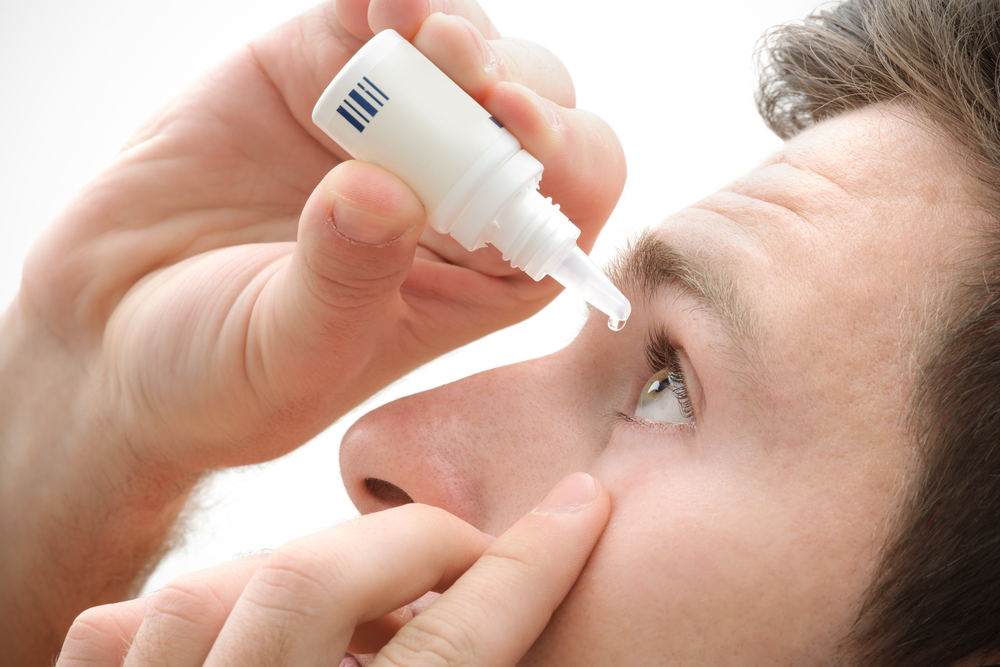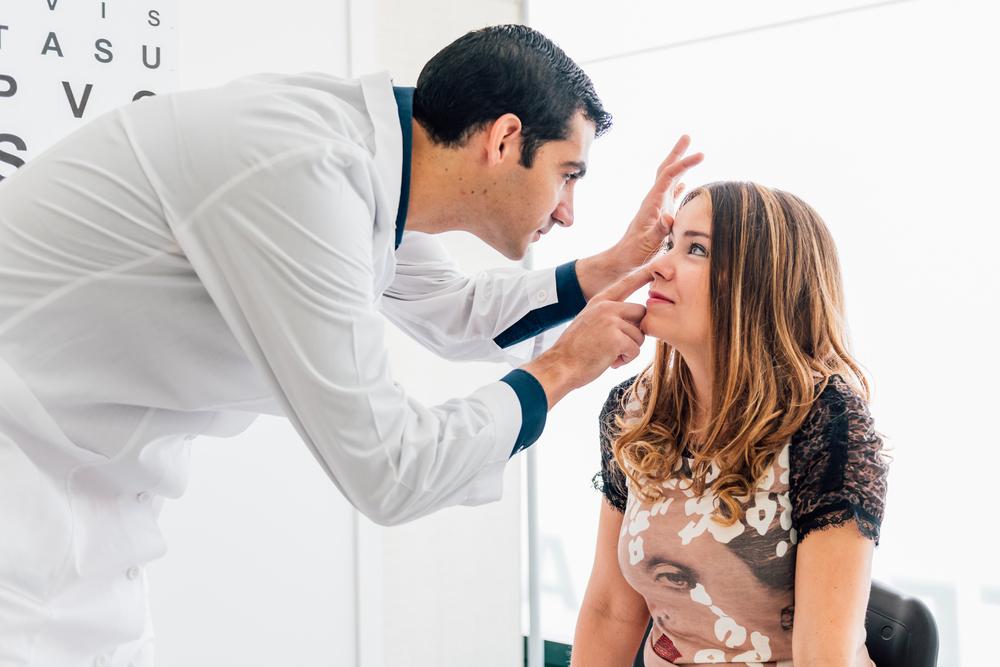Comprehensive Guide to Recognizing Symptoms and Signs of Eye Health Problems
This comprehensive article discusses the key symptoms and signs of eye health issues, emphasizing the importance of early detection and timely treatment. It covers common signs such as swelling, abnormal spots, visual loss, redness, blurry vision, discharge, and pain. The article highlights how lifestyle factors like screen time contribute to eye problems and stresses regular eye examinations. Understanding these symptoms can help prevent permanent damage and improve quality of life. Early diagnosis by eye health professionals is vital for maintaining optimal vision and eye wellness at all ages.

Comprehensive Guide to Recognizing Symptoms and Signs of Eye Health Problems
The Importance of Recognizing Common Eye Symptoms
Our eyes are vital for everyday life, allowing us to perceive the world around us and perform daily tasks seamlessly. However, many people overlook early signs of eye health issues until they become severe, leading to vision impairment or permanent damage. Understanding the various symptoms and signs associated with eye problems can facilitate early diagnosis and timely treatment. From common refractive errors to more serious conditions, being vigilant about eye health is crucial for maintaining good vision throughout life.
In today's digital age, the usage of electronic devices such as smartphones, computers, and television screens has soared. While these devices have made communication and entertainment more accessible, they also pose risks to eye health. Excessive screen time can lead to digital eye strain, dryness, and other ocular issues, especially if proper precautions are not taken. According to the National Institutes of Health, nearly 14 million people worldwide suffer from visual impairments caused or exacerbated by lifestyle factors. Regular eye examinations are essential, especially for individuals with underlying health conditions like diabetes or hypertension, which can affect eye health.
Early detection of eye issues significantly improves treatment outcomes. Recognizing the signs of eye problems can help prevent permanent damage and preserve vision. Symptoms can range from mild discomfort to severe vision loss; hence, understanding these signs enables individuals to seek prompt medical attention.
Swelling Around or Within the Eyes
Swelling can manifest around the eyelids or inside the eye itself. It is often caused by allergic reactions, infections, or inflammatory conditions. For example, conjunctivitis (pink eye) can produce swelling along with redness and discharge. In more severe cases like scleritis or Grave's disease, the swelling is accompanied by pain and can affect vision. Recognizing swelling early helps determine the underlying cause and appropriate treatment.
Detection of Abnormalities and Spots in the Eyes
Spotting unusual marks or lesions in or around the eyes warrants immediate attention. These spots vary in appearance and significance.
Brown spots: These are usually found on the iris or conjunctiva and may indicate benign nevi or, in some cases, ocular melanoma, which is a malignant tumor requiring urgent evaluation.
White or cloudy spots: Such spots could signal corneal ulcers, which might result from infections or injuries, or more serious conditions like retinoblastoma or uveitis affecting internal eye structures.
Red or pink spots: Blood leaks within blood vessels in the conjunctiva lead to visible redness, often associated with infections, allergies, or minor trauma.
Yellow spots: These appear near the sclera and may be related to Pinguecula or Pterygium, which are degenerative or growth conditions affecting parts of the eye.
Eyelid spots: Discolorations or growths on the eyelids can suggest bruising, cysts, or nevus, which need to be evaluated for potential complications.
Signs of Visual Loss
Loss of vision can affect different aspects of eyesight, including central vision, peripheral or side vision. It can impair the ability to recognize faces, read, or navigate freely. Common causes include age-related macular degeneration, diabetic retinopathy, glaucoma, and retinitis pigmentosa. Prompt diagnosis and management can halt progression or restore some vision depending on the condition.
Redness in the Eyes
Bloodshot eyes are characterized by dilated blood vessels in the sclera, giving a red appearance. Causes include infections such as conjunctivitis, corneal abrasions from injury, or hyphema, which involves blood pooling in the anterior chamber. Persistent redness accompanied by pain, discharge, or vision disturbances necessitates immediate medical assessment.
Blurry or Impaired Vision
Blurriness can be a symptom of various eye conditions, from simple refractive errors to more serious diseases like cataracts, herpes keratitis, or diabetic retinopathy. It is essential to get an eye exam to determine the cause to prevent further deterioration of vision.
Excessive Tearing or Watery Eyes
Overproduction of tears may result from infections, allergies, or blocked tear ducts. Excess tearing can interfere with vision and comfort, requiring treatment based on the root cause.
Distorted or Warped Vision
Objects appearing crooked, bent, or distorted can be due to conditions like age-related macular degeneration, astigmatism, or keratoconus. Recognizing distortion early prompts timely correction or intervention to prevent worsening vision problems.
Discharge from the Eyes
Unusual discharge—mucus, pus, or tears—may indicate infections such as conjunctivitis or corneal ulcers. Proper hygiene and medical treatment are vital to prevent complications and spread of infections.
Irritation and Discomfort
Dryness, itching, burning, or a foreign body sensation are common signs of allergies, blepharitis, or dry eye syndrome. These discomforts can significantly impair daily activities and quality of life, requiring specific treatments.
Eye Pain
Pain can range from mild to severe and may be associated with infections, trauma, or migraines. Pain behind or around the eyes needs urgent medical assessment to identify the cause and prevent potential vision loss.
Maintaining regular eye check-ups and being vigilant about changes in eye health are crucial steps in preventing serious complications. When experiencing symptoms discussed above, consulting an eye care specialist promptly can make a significant difference in treatment success and vision preservation.





